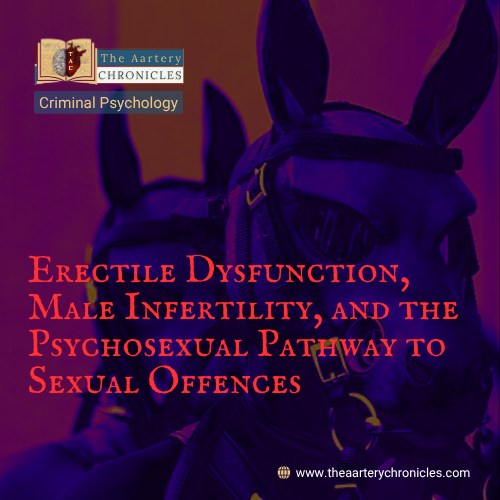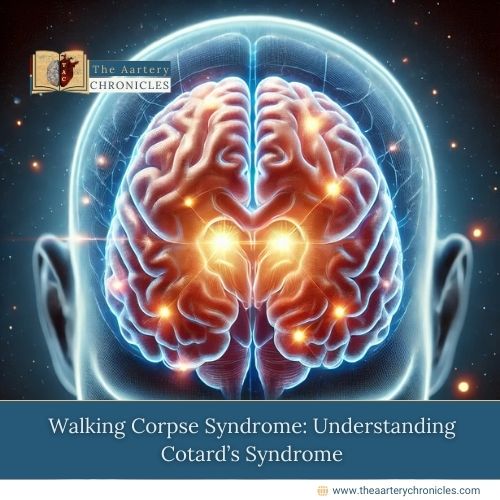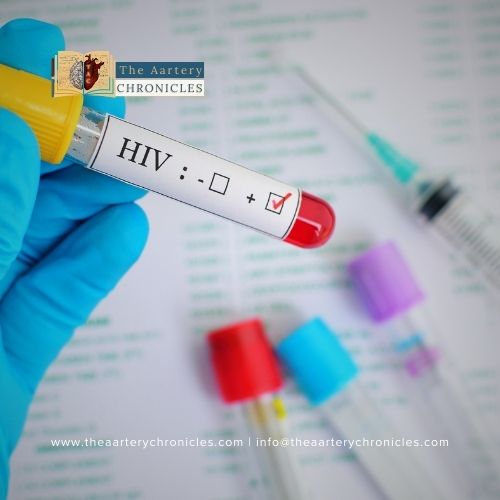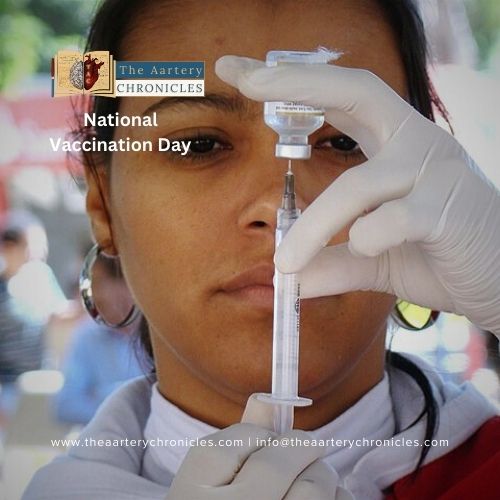

Erectile Dysfunction, Male Infertility, and the Psychosexual Pathway to Sexual Offences
Male infertility and erectile dysfunction (ED), though primarily medical conditions, can have distant psychological and behavioural effects. While most individuals affected by these disorders embrace adaptive coping strategies, a subset may experience a psychosexual crisis that spirals into deviant behaviour.
This article explores the under-researched correlation between male reproductive dysfunction, paraphilic development, and the potential progression toward sexual offending behaviour. Through an interdisciplinary lens combining criminology, forensic psychiatry, and behavioural medicine, we try to examine the psychosocial stressors, cognitive distortions, and criminogenic triggers that may contribute to this transition.
1. Introduction
Fertility and sexual performance are historically and culturally tangled with masculinity, self-worth, and social identity. Male infertility and erectile dysfunction—conditions that affect up to 12% and 15% of men, respectively—are known to cause considerable psychological distress, including depression, anxiety, and identity disruption (Agarwal et al., 2011).
In extreme and rare instances, this emotional turmoil may manifest in maladaptive coping mechanisms such as aggression, paraphilic ideation, or compulsive sexual behaviour. These manifestations, when left unaddressed, may evolve into sexually deviant acts, including legally prosecutable offences. This article addresses the criminogenic potential of reproductive failure, reviewing evidence from clinical psychiatry, criminological theory, and case studies.
2. Psychological Implications of Male Infertility and ED

2.1 Masculinity and Fertility
In many cultures, including our own, masculinity is often closely tied to the notions of virility and the ability to father children. The societal expectation that manliness equates to fertility can place immense psychological pressure on men (Marsiglio, 1998). When a man is diagnosed with infertility or erectile dysfunction (ED), it can challenge deeply ingrained beliefs about what it means to be a “real man.”
Such diagnoses frequently disrupt core aspects of masculine identity, leading to feelings of inadequacy, shame, and low self-esteem. Men may struggle silently, avoiding open conversations or seeking help due to fear of judgment or stigma. This emotional burden can also strain relationships, contribute to mental health issues like anxiety and depression, and delay access to appropriate medical treatment.
Common psychological effects include:
- Low self-esteem
- Sexual performance anxiety
- Social withdrawal
- Anger and shame
- Relationship instability
These effects are exacerbated when the man lacks emotional support, has pre-existing mental health issues, or has experienced prior sexual trauma (Wischmann & Thorn, 2013).
2.2 Erectile Dysfunction as a Gateway
ED creates a unique psychosexual conflict: the desire for intimacy is present, but the ability to engage is compromised. This disconnect may lead to avoidance behaviour, excessive pornography use, or sexual fantasy reliance. In vulnerable individuals, these fantasies may shift toward paraphilic themes as a form of “escape” from real or perceived sexual inadequacy (Kafka, 2010).
3. Paraphilic Disorders and Infertility: A Clinical Intersection
Paraphilic disorders are defined by the DSM-5 as persistent and intense atypical sexual interests, often involving non-consenting individuals or harmful behaviours. Research suggests that paraphilic disorders often develop in adolescence, but may be exacerbated or reactivated by adult sexual dysfunction, including ED or infertility (Seto, 2008).

Voyeurism & Exhibitionism:
Voyeurism and Exhibitionism are types of paraphilic behaviours—patterns of intense sexual arousal to atypical objects or situations.
Voyeurism involves gaining sexual pleasure from watching a susceptible person who is naked, undressing, or engaging in sexual activity. For example, a man secretly watching neighbours through a hidden camera without their knowledge is engaging in voyeuristic behaviour.
- Example: Bengaluru Metro Incident
In May 2025, an Instagram account titled “Bangalore Metro Chicks” sparked widespread outrage for allegedly sharing photos and videos of female commuters on Bengaluru’s Namma Metro without their consent. The content, captured surreptitiously, raised serious concerns about voyeurism and privacy violations in public spaces. The page drew criticism from social media users, women’s rights groups, and the general public for objectifying women and promoting unethical behaviour. The incident highlighted the urgent need for stronger mechanisms to protect individuals’ privacy in public transport and to hold perpetrators of such digital misconduct accountable. (https://timesofindia.indiatimes.com/city/bengaluru/voyeurism-in-bengaluru-metro-instagram-page-bangalore-metro-chicks-sparks-outrage-for-secretly-filming-women/articleshow/121306436.cms?utm_source=chatgpt.com)
Exhibitionism refers to the act of exposing one’s genitals to an unsuspecting person for sexual gratification. For instance, someone who flashes their private parts in public spaces, such as a park, to shock or arouse others is exhibiting this behaviour.
Both behaviours are considered psychological disorders when they cause distress, involve non-consenting individuals, or result in harm, and they may have legal consequences.
Frotteurism or coercive behaviours:
Frotteurism is a type of paraphilic behaviour where an individual gains sexual gratification by rubbing against or touching a non-consenting person, typically in crowded public places such as buses, trains, or festivals. It is a non-consensual and coercive act, often disguised within dense crowds to avoid detection. This behaviour is a form of sexual assault and can cause emotional trauma to the victim.
Coercive Sexual Behaviours: These include actions where one person forces, manipulates, or pressures another into sexual activity without full, voluntary consent. Coercion can be verbal, emotional, or psychological, and may not always involve physical force. Examples include persistent unwanted sexual advances, threatening to end a relationship, or using authority to extract sexual favours (e.g., in workplaces or educational institutions).
Sexual sadism or rape fantasies:
Sexual Sadism: Sexual sadism refers to deriving sexual arousal or gratification from inflicting physical or psychological pain, humiliation, or suffering on a consenting partner. When practised consensually within agreed boundaries (such as in BDSM communities), it is considered a part of healthy sexual expression. However, sexual sadism disorder is diagnosed when these urges cause distress or involve non-consenting individuals, crossing into criminal behaviour.
Rape Fantasies: Rape fantasies are sexual fantasies involving scenarios of forced or non-consensual sex, which some individuals may find arousing in a controlled, imaginative context. It is important to emphasise that having such fantasies does not mean a person desires actual non-consensual acts or intends harm. These fantasies are relatively common and do not necessarily indicate pathology.
However, acting out rape fantasies without explicit, informed consent from all parties is illegal and constitutes sexual assault or rape. Differentiating between fantasy and behaviour is critical for legal and ethical reasons.
4. Criminogenic Theories Explaining the Transition to Offending
Several criminological frameworks offer insight into how reproductive dysfunction may, under specific psychological conditions, contribute to criminal behaviour:
4.1 Frustration-Aggression Hypothesis:
Originally proposed by Dollard et al. (1939), this theory posits that blocked goals (e.g., inability to father a child) generate frustration, which may then be displaced as aggression. In this context, the aggression may manifest as sexually deviant behaviour.
4.2 General Strain Theory (Agnew, 1992):
The perceived loss of masculinity and role failure can generate strain, particularly if the individual lacks coping skills, leading to deviance as a compensatory response.
4.3 Compensatory Hypermasculinity:
When men feel emasculated, some may adopt exaggerated masculine behaviours to reassert dominance, including aggression, dominance-seeking sexual behaviours, and coercion (Messerschmidt, 1993).
5. Risk Factors and Comorbidities
The intersection of male infertility, ED, and paraphilic behaviour is not deterministic but modulated by additional factors:

History of sexual trauma:
A man who experienced childhood sexual abuse may struggle with anger, trust issues, or difficulties controlling impulses later in life. This unresolved trauma can sometimes contribute to problematic sexual behaviours or difficulty forming healthy relationships.
Antisocial personality traits:
An individual exhibiting antisocial traits might show a pattern of disregarding others’ rights, a lack of empathy, and manipulative behaviour. For example, a person who repeatedly breaks laws, lies without remorse, and exploits others sexually may fit this profile.
Substance use disorders:
A person struggling with alcohol or drug addiction might engage in risky sexual behaviour while intoxicated, lowering inhibitions and increasing the likelihood of non-consensual acts or unsafe sex.
Pornography addiction and maladaptive sexual conditioning:
Someone who compulsively views violent or extreme pornography may develop distorted expectations about sex or become desensitised to normal sexual stimuli, potentially leading to problematic or aggressive sexual behaviour.
Lack of access to mental health care:
A person suffering from untreated mental health issues, such as depression or impulse control disorders, without access to counselling or therapy, may be more likely to engage in harmful sexual behaviours or fail to seek help for emerging problems.
6. Clinical and Criminological Implications
Preventive strategies play a crucial role in addressing the complex interplay between infertility, sexual dysfunction, and potential paraphilic or criminal behaviours. Early psychological screening in infertility clinics can help identify underlying mental health issues, including depression, anxiety, and sexual dysfunction. Routine assessment of these conditions enables timely referral to specialised interventions such as sex therapy or forensic psychological evaluation, particularly in high-risk individuals.
In forensic settings, when paraphilic behaviours or sexual offences occur, a comprehensive evaluation that includes a detailed sexual history, assessment of past trauma, and reproductive health status should become a standard part of psychiatric assessments. This holistic approach ensures that all relevant factors contributing to the behaviour are understood and addressed.
Rehabilitation programs that combine cognitive behavioural therapy (CBT), compassion-focused therapy, and psychosexual education have shown promise in reducing the risk of recidivism among offenders, especially those with a history of sexual dysfunction. Such integrated interventions not only target maladaptive behaviours but also promote empathy and healthier sexual functioning, ultimately contributing to improved clinical and societal outcomes.
7. Conclusion
While male infertility and erectile dysfunction are not causes of sexual offending per se, they can, under specific biopsychosocial conditions, act as catalysts for psychosexual distress that escalates into criminal behaviour. An interdisciplinary approach—bridging urology, psychology, and criminology—is vital for both early intervention and forensic management.
- Agarwal A, Mulgund A, Hamada A, Chyatte MR. (2015). A unique view on male infertility around the globe. Reproductive Biology and Endocrinology, 13(1), 37.
- Kafka MP. (2010). The DSM diagnostic criteria for paraphilia not otherwise specified. Archives of Sexual Behaviour, 39(2), 373–376.
- Wischmann T, Thorn P. (2013). Male infertility: What does it mean to men? Journal of Andrology, 34(4), 354–359.
- Seto MC. (2008). Pedophilia and Sexual Offending Against Children: Theory, Assessment, and Intervention.
- Dollard J, Doob LW, Miller NE, et al. (1939). Frustration and Aggression. Yale University Press.
- Agnew, R. (1992). Foundation for a general strain theory of crime and delinquency. Criminology, 30(1), 47–87.
- Messerschmidt JW. (1993). Masculinities and Crime: Critique and Reconceptualisation of Theory. Rowman & Littlefield.
- Crime Insights,Medicine and Diseases,Mental Health | Psychology
- 7 June 2025
- 18:00








